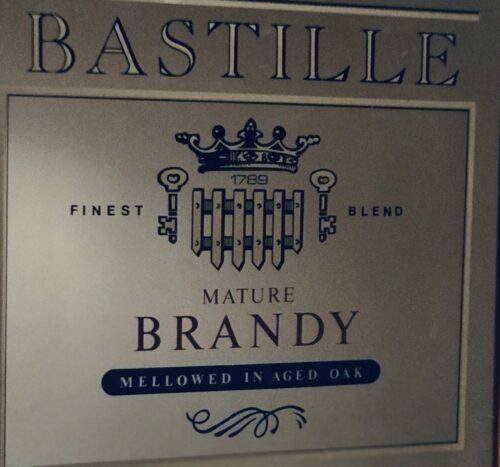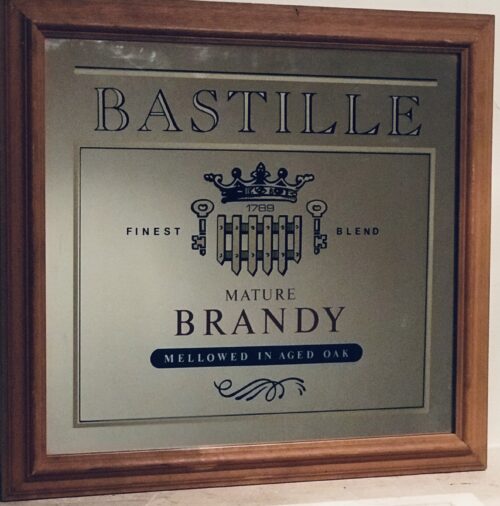 Some original and rare Mitchell mirrors are still surviving today and can be found in some pubs in and around Belfast today
Some original and rare Mitchell mirrors are still surviving today and can be found in some pubs in and around Belfast today
 Some other examples of Mitchell Mirrors which were mass produced for advertising their products
Some other examples of Mitchell Mirrors which were mass produced for advertising their products






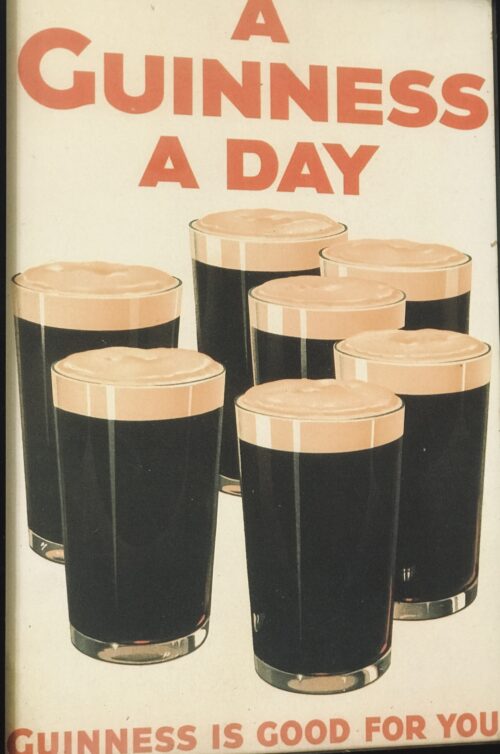
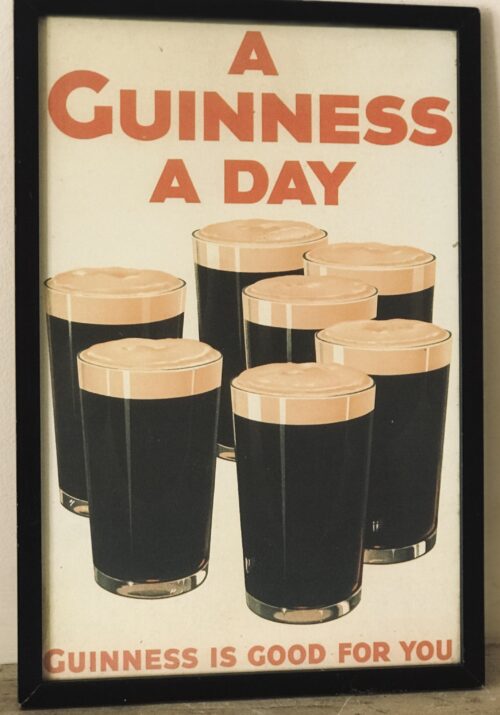
























 Gallaher continued to work at his desk every day until a few months before he died in 1927. He was remembered as a courteous, kindly man, a generous employer, and an extremely talented businessman. His plain ways endeared him to people. He left an estate valued at £503,954.The company was principally inherited by his nephew, John Gallaher Michaels (1880 – 1948). Michaels had worked for his uncle for many years, and had been manger of the American operations.The Constructive Finance & Investment Co, led by Edward de Stein (1887 – 1965), acquired the entire share capital of Gallaher for several million pounds in 1929, and offered shares to the public.Why Michaels divested his stake in Gallaher remains unclear, but he, his uncle and his brother all lacked heirs, so perhaps he simply wished to retire and pass on management of the company to others.A new factory was established at East Wall, Dublin for £250,000 in 1929. The East Wall factory was closed with the loss of 400 jobs, following the introduction of a tariff on businesses not majority-owned by Irish residents, in 1932.Imperial Tobacco acquired 51 percent of Gallaher for £1.25 million in 1932. Gallaher retained its managerial independence, and the Imperial Tobacco move was executed with the intention of blocking a potential bid for Gallaher from the American Tobacco Company.Gallaher was the fourth largest cigarette manufacturer in Britain by 1932.Gallaher acquired Peter Jackson in 1934. The firm manufactured Du Maurier cigarettes, which was the first popular filter-tip brand in Britain.E Robinson & Son, manufacturers of Senior Service cigarettes, was acquired in 1937. Senior Service had been highly successful within the Manchester area, but Robinson’s had lacked the capital to take the brand nationwide.
J Freeman & Son, cigar manufacturers of Cardiff, was acquired in 1947.Gallaher acquired Cope Brothers of Liverpool, owners of the Old Holborn brand, in 1952.Benson & Hedges was acquired, mainly for the prestigious brand name, in 1955.Gallaher sales grew rapidly in the 1950s. Senior Service and Park Drive became respectively the third and fourth highest selling cigarettes in Britain in 1959, by which time Gallaher held 30 percent of the British tobacco market.Gallaher acquired J Wix & Sons Ltd, the fast-growing manufacturer of Kensitas cigarettes, from the American Tobacco Company in 1961.The Imperial Tobacco stake in Gallaher had been diluted to 37 percent by 1961.
Gallaher claimed 37 percent of the British cigarette market by 1962.A large factory was established at Airton Road, Dublin in 1963.Silk Cut was launched as a low-tar brand in 1964.
Gallaher employed 15,000 people in 1965, and had an authorised capital of £45 million in 1968. The company held 27 percent of the British tobacco market in 1968.Benson & Hedges was the leading king-size cigarette brand in Britain by 1981.The Belfast factory was closed in 1988. 700 jobs were lost, and production was relocated to Ballymena in County Antrim.
A cigar factory in Port Talbot, Wales was closed with the loss of 370 jobs in 1994.The Manchester cigarette factory was closed in 2000-1. Nearly 1,000 jobs were lost. Production was transferred to Ballymena, where 300 extra jobs were created.Japan Tobacco acquired Gallaher, by then the fifth largest tobacco company in the world, for £7.5 billion in cash in 2007.Ballymena, the last remaining tobacco factory in the UK, was closed in 2017, with production relocated to Eastern Europe. 860 jobs were lost.
Gallaher continued to work at his desk every day until a few months before he died in 1927. He was remembered as a courteous, kindly man, a generous employer, and an extremely talented businessman. His plain ways endeared him to people. He left an estate valued at £503,954.The company was principally inherited by his nephew, John Gallaher Michaels (1880 – 1948). Michaels had worked for his uncle for many years, and had been manger of the American operations.The Constructive Finance & Investment Co, led by Edward de Stein (1887 – 1965), acquired the entire share capital of Gallaher for several million pounds in 1929, and offered shares to the public.Why Michaels divested his stake in Gallaher remains unclear, but he, his uncle and his brother all lacked heirs, so perhaps he simply wished to retire and pass on management of the company to others.A new factory was established at East Wall, Dublin for £250,000 in 1929. The East Wall factory was closed with the loss of 400 jobs, following the introduction of a tariff on businesses not majority-owned by Irish residents, in 1932.Imperial Tobacco acquired 51 percent of Gallaher for £1.25 million in 1932. Gallaher retained its managerial independence, and the Imperial Tobacco move was executed with the intention of blocking a potential bid for Gallaher from the American Tobacco Company.Gallaher was the fourth largest cigarette manufacturer in Britain by 1932.Gallaher acquired Peter Jackson in 1934. The firm manufactured Du Maurier cigarettes, which was the first popular filter-tip brand in Britain.E Robinson & Son, manufacturers of Senior Service cigarettes, was acquired in 1937. Senior Service had been highly successful within the Manchester area, but Robinson’s had lacked the capital to take the brand nationwide.
J Freeman & Son, cigar manufacturers of Cardiff, was acquired in 1947.Gallaher acquired Cope Brothers of Liverpool, owners of the Old Holborn brand, in 1952.Benson & Hedges was acquired, mainly for the prestigious brand name, in 1955.Gallaher sales grew rapidly in the 1950s. Senior Service and Park Drive became respectively the third and fourth highest selling cigarettes in Britain in 1959, by which time Gallaher held 30 percent of the British tobacco market.Gallaher acquired J Wix & Sons Ltd, the fast-growing manufacturer of Kensitas cigarettes, from the American Tobacco Company in 1961.The Imperial Tobacco stake in Gallaher had been diluted to 37 percent by 1961.
Gallaher claimed 37 percent of the British cigarette market by 1962.A large factory was established at Airton Road, Dublin in 1963.Silk Cut was launched as a low-tar brand in 1964.
Gallaher employed 15,000 people in 1965, and had an authorised capital of £45 million in 1968. The company held 27 percent of the British tobacco market in 1968.Benson & Hedges was the leading king-size cigarette brand in Britain by 1981.The Belfast factory was closed in 1988. 700 jobs were lost, and production was relocated to Ballymena in County Antrim.
A cigar factory in Port Talbot, Wales was closed with the loss of 370 jobs in 1994.The Manchester cigarette factory was closed in 2000-1. Nearly 1,000 jobs were lost. Production was transferred to Ballymena, where 300 extra jobs were created.Japan Tobacco acquired Gallaher, by then the fifth largest tobacco company in the world, for £7.5 billion in cash in 2007.Ballymena, the last remaining tobacco factory in the UK, was closed in 2017, with production relocated to Eastern Europe. 860 jobs were lost.


Mick The Miller,as featured in this iconic advert, was the most famous greyhound of all time. He was born in 1926 in the village of Killeigh, County Offaly, Ireland at Millbrook House(only 5 miles from Tullamore), the home of parish curate, Fr Martin Brophy. When he was born Mick was the runt of the litter but Michael Greene, who worked for Fr Brophy, singled the little pup out as a future champion and insisted that he be allowed to rear him. With constant attention and regular exercise Mick The Miller developed into a racing machine. His first forays were on local coursing fields where he had some success but he showed his real talent on the track where he won 15 of his first 20 races.
.jpg)
In 1929 Fr Brophy decided to try Mick in English Greyhound Derby at White City, London. On his first trial-run, Mick equalled the track record. Then, in his first heat, he broke the world record, becoming the first greyhound ever to run 525 yards in under 30 seconds. Fr Brophy was inundated with offers and sold him to Albert Williams. Mick went on to win the 1929 Derby. Within a year he had changed hands again to Arundel H Kempton and won the Derby for a second time.
Over the course of his English career he won 36 of his 48 races, including the Derby (twice), the St Leger, the Cesarewitch, and the Welsh Derby. He set six new world records and two new track records. He was the first greyhound to win 19 races in a row. Several of his records went unbroken for over 40 years. He won, in total, almost £10,000 in prizemoney. But he also became the poster-dog for greyhound racing. He was a celebrity on a par with any sports person, muscisian or moviestar. The more famous he became, the more he attracted people to greyhound racing. Thousands thronged to watch him, providing a huge boost to the sport. It is said that he actually saved the sport of greyhound racing.







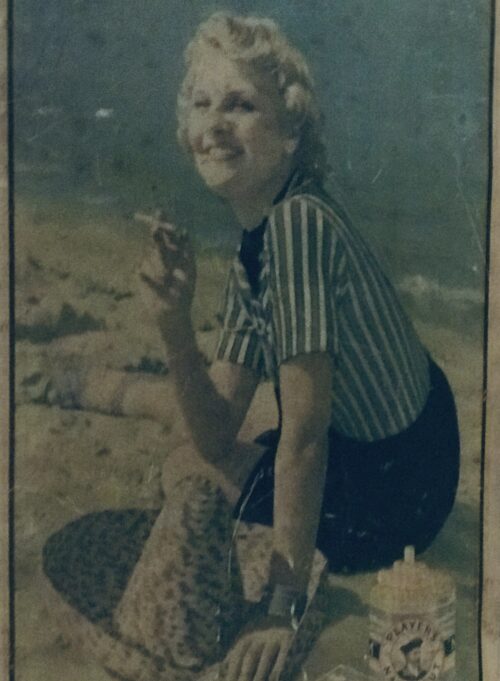
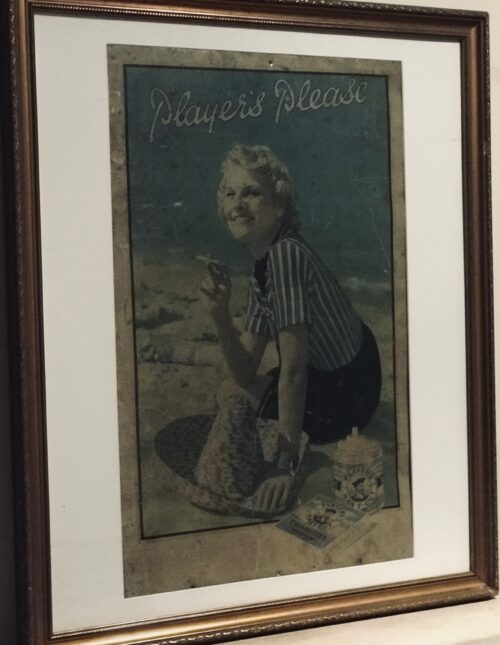



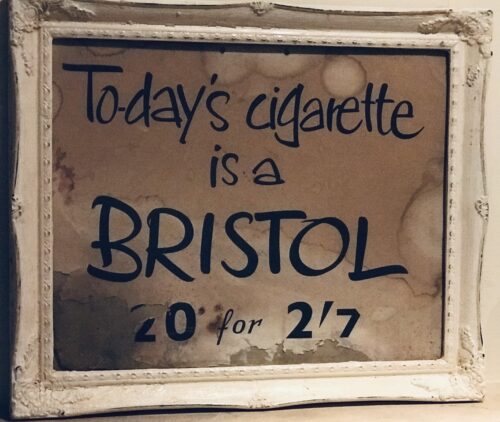















 D
D




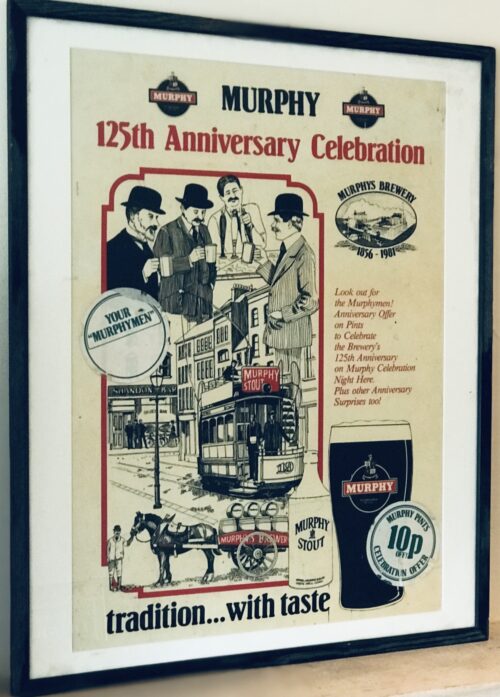
Brilliant Murphy's 125th Anniversary Celebration Framed Poster(1856-1981) with stickers of the day attached to the poster such as "Murphy Pints 10p off Celebration Offer",bearing in mind the price of a pint was 60p.Great souvenir or showcase item for any pub or home bar with a Cork theme.
70cm x 60cm Blackpool Co Cork



















Murphy’s reaches Americans shores for the first time winning back many drinkers lost to emigration and a whole new generation of stout drinkers.






Beautiful modern Murphys Red Irish Beer Mirror.This particular variant from the classic Murphy's Stout was developed in recent years.It is a sunset red ale with "characteristically smooth with hints of caramel malt sweetness beautifully balanced with a distinct yet subtle hoppy bitterness"......
80cm x 56cm Midleton Co Cork



















Murphy’s reaches Americans shores for the first time winning back many drinkers lost to emigration and a whole new generation of stout drinkers.























Murphy’s reaches Americans shores for the first time winning back many drinkers lost to emigration and a whole new generation of stout drinkers.






Classy old Murphy's Stout Oval shaped Bar mirror, from the heart of Ladys Well Cork City.
60cm x 50cm



















Murphy’s reaches Americans shores for the first time winning back many drinkers lost to emigration and a whole new generation of stout drinkers.










 Some original and rare Mitchell mirrors are still surviving today and can be found in some pubs in and around Belfast today
Some original and rare Mitchell mirrors are still surviving today and can be found in some pubs in and around Belfast today
 Some other examples of Mitchell Mirrors which were mass produced for advertising their products
Some other examples of Mitchell Mirrors which were mass produced for advertising their products







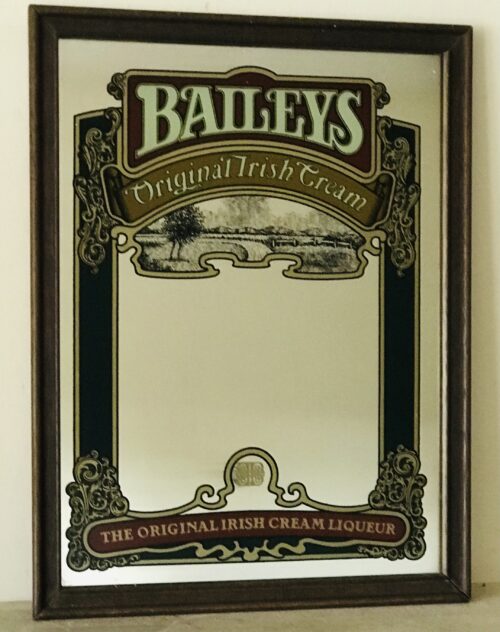


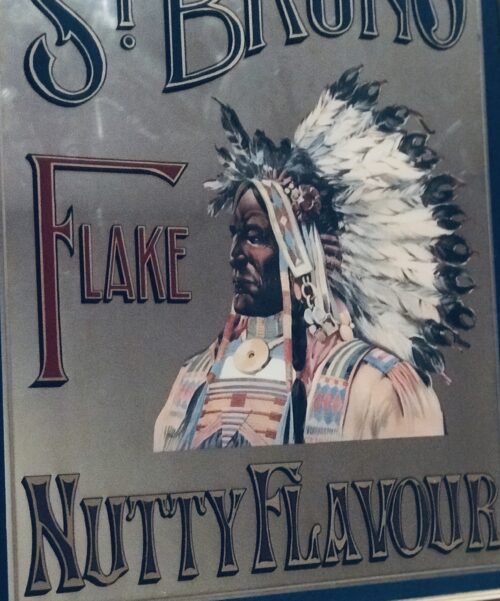
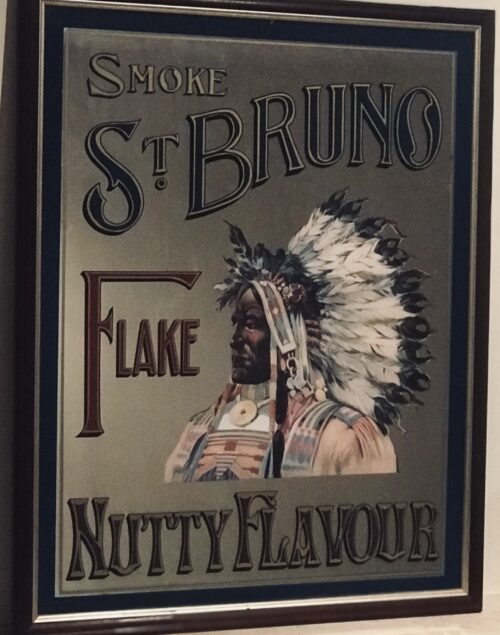




 |
|
 |
|
| Introduced | 1879, renamed as Paddy in 1912 |
|---|---|





















Murphy’s reaches Americans shores for the first time winning back many drinkers lost to emigration and a whole new generation of stout drinkers.











 antr
antr


 |
|||||||
| Event | 1952 All-Ireland Senior Hurling Championship | ||||||
|---|---|---|---|---|---|---|---|
|
|||||||
| Date | 7 September 1952 | ||||||
| Venue | Croke Park, Dublin | ||||||
| Referee | W. O'Donoghue (Limerick) | ||||||
| Attendance | 71,195 | ||||||


 |


“One of the most memorable was born of his creative interpretation of a performing sea lion that caught his eye at the zoo.”


